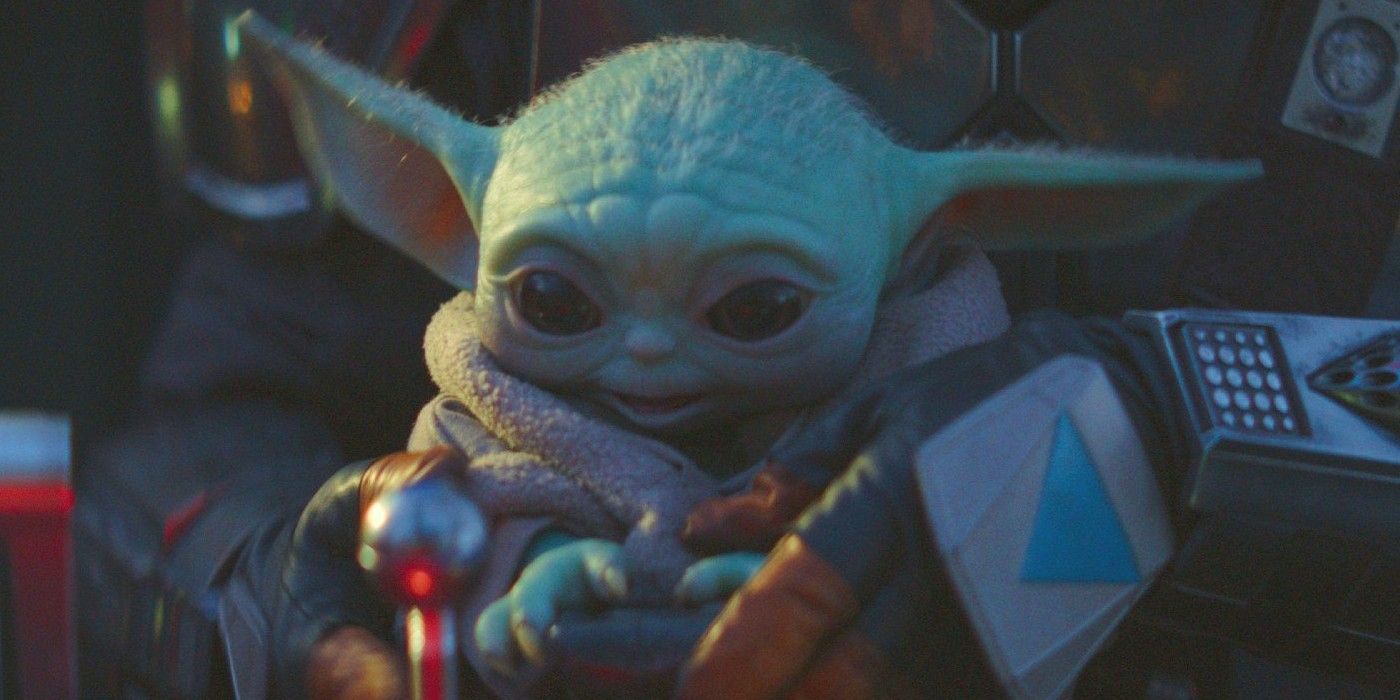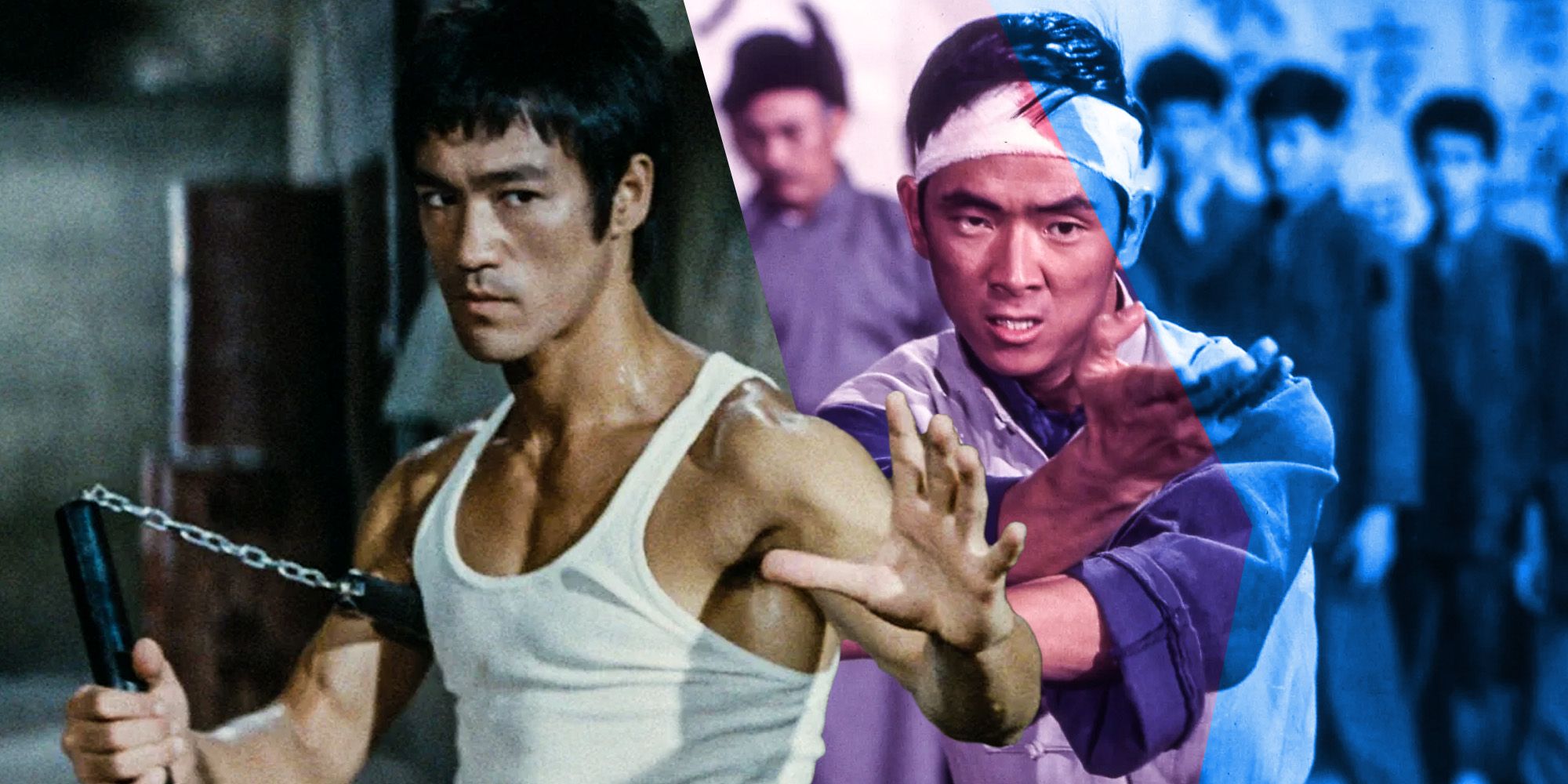Episode 4 of the Disney+ live-action Star Wars TV series, The Mandalorian, transported the show’s protagonists, the lone bounty hunter “Mando” and his newly-acquired sidekick, “Baby Yoda” (as the internet calls him) to a whole new planet, far, far away from the Client and his presumably dastardly plans; yet, even on this quiet, sparsely-populated world, the duo are located by a hostile bounty hunter using a tracking fob. This begs the question: how do The Mandalorian‘s tracking fobs even work?
The Mandalorian’s tracking fobs are handheld devices that alert the user of the target’s proximity. The target, in this case, is Baby Yoda. The show has not divulged how the trackers are able to detect the target, especially over such a long distance. Does the fob identify its target using genetics? Or is there a tracking device on Baby Yoda himself?
Related: Star Wars Theory: The Mandalorian’s [SPOILER] Is A Clone
The tracking fobs were introduced in the first episode. The Mandalorian returns a batch of them to the Bounty Hunters’ Guild’s leader, Greef Karga, who is played by Carl Weathers. The exchange between the characters suggested the job was unusual; typically, bounty hunters are given a “puck” containing the target’s information, but in this case Mando only receives a tracking fob and the last four digits of a “chain code,” which tell him the target’s age. Partway through the episode, Mando discovered something else unusual about this particular assignment: he was not the only bounty hunter with a tracking fob.
There are a few possible explanations for how The Mandalorian‘s fobs work. One is that they are scanners that connect to a tracking device. This would make sense as a way of tracking wanted criminals and bail-jumpers, who could have been implanted with a tracking device while in custody. This is the simplest explanation, but it is also unlikely since targets would surely figure out a way to locate and deactivate a tracking device on their body. Similarly, if such a device was implanted in Baby Yoda, Mando would certainly have known how to look for it, being a bounty hunter himself.

The second possibility is that the fobs are genetic scanners that are linked to a person’s DNA. Baby Yoda is a member of an apparently rare and mysterious species. In fact, if not for Yaddle on the Jedi Council in 1999’s Star Wars: Episode I The Phantom Menace, Yoda would be our only other example. Perhaps the tracking fobs are somehow able to locate a person’s DNA or some other kind of biometric pattern over many lightyears – though that raises the question of why neither the Empire or the First Order have ever used them to track down Rebels or the Resistance.
The last possibility is the one that fans will be the most unhappy with: midichlorians. There have been some hints about midichlorians already in the series, which some fans speculating that the Empire wants to harvest midichlorians from Baby Yoda. It is possible that Baby Yoda’s tracking fob is specifically set to register high concentrations of the microscopic life-form connected to the force. The 50-year-old child is unusually attuned to the force; he lifted a giant charging Mudhurn off the ground in episode 2, (outclassing Luke Skywalker summoning his lightsaber from the snow in The Empire Strikes Back).
If midichlorians have returned to Star Wars lore, fans will certainly be divided. Perhaps like most things in the Star Wars universe, the less The Mandalorian gets bogged-down trying to explain how the tracking fobs work, the better; in the meantime, audiences can take the technology on faith.





